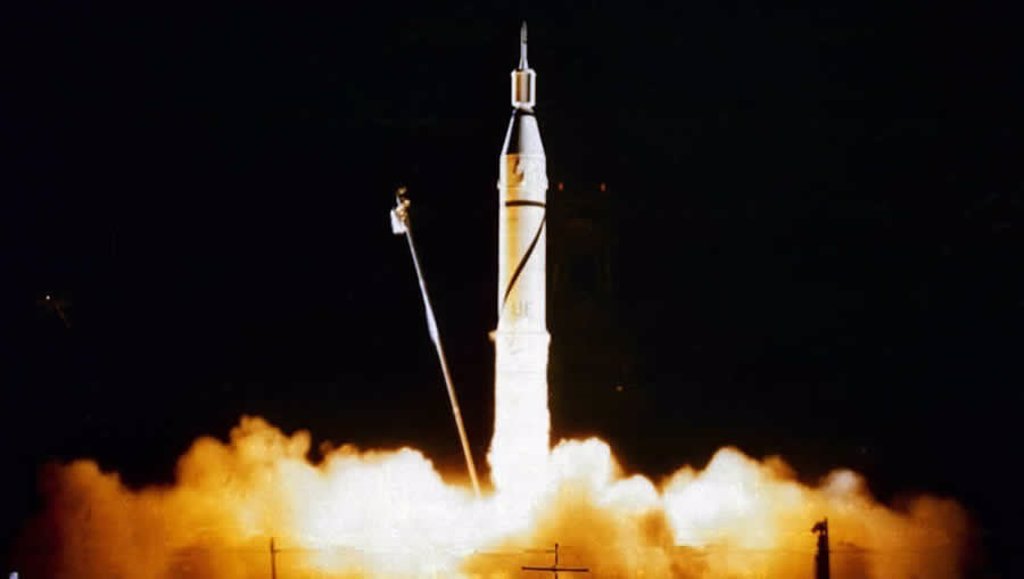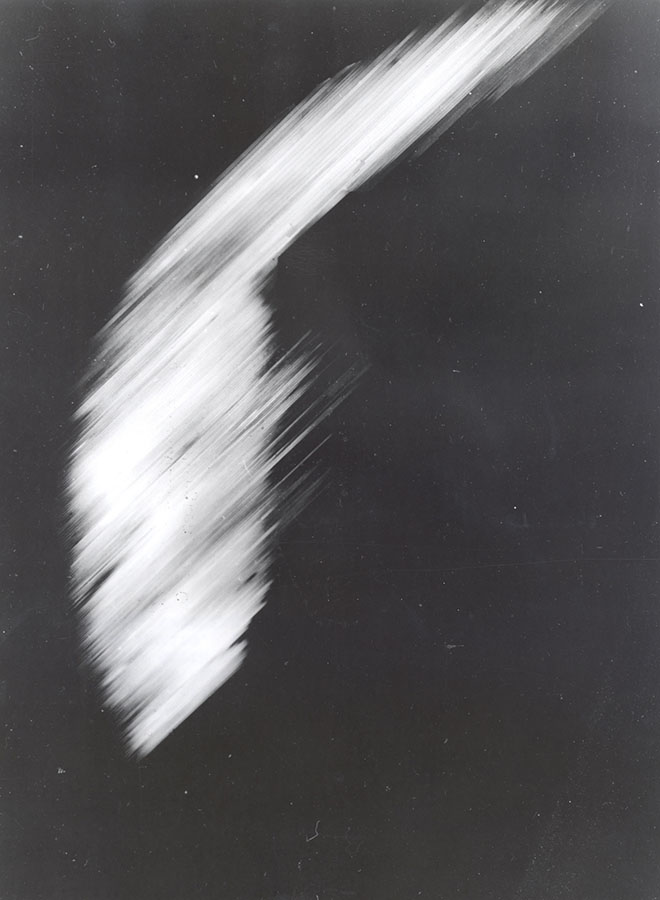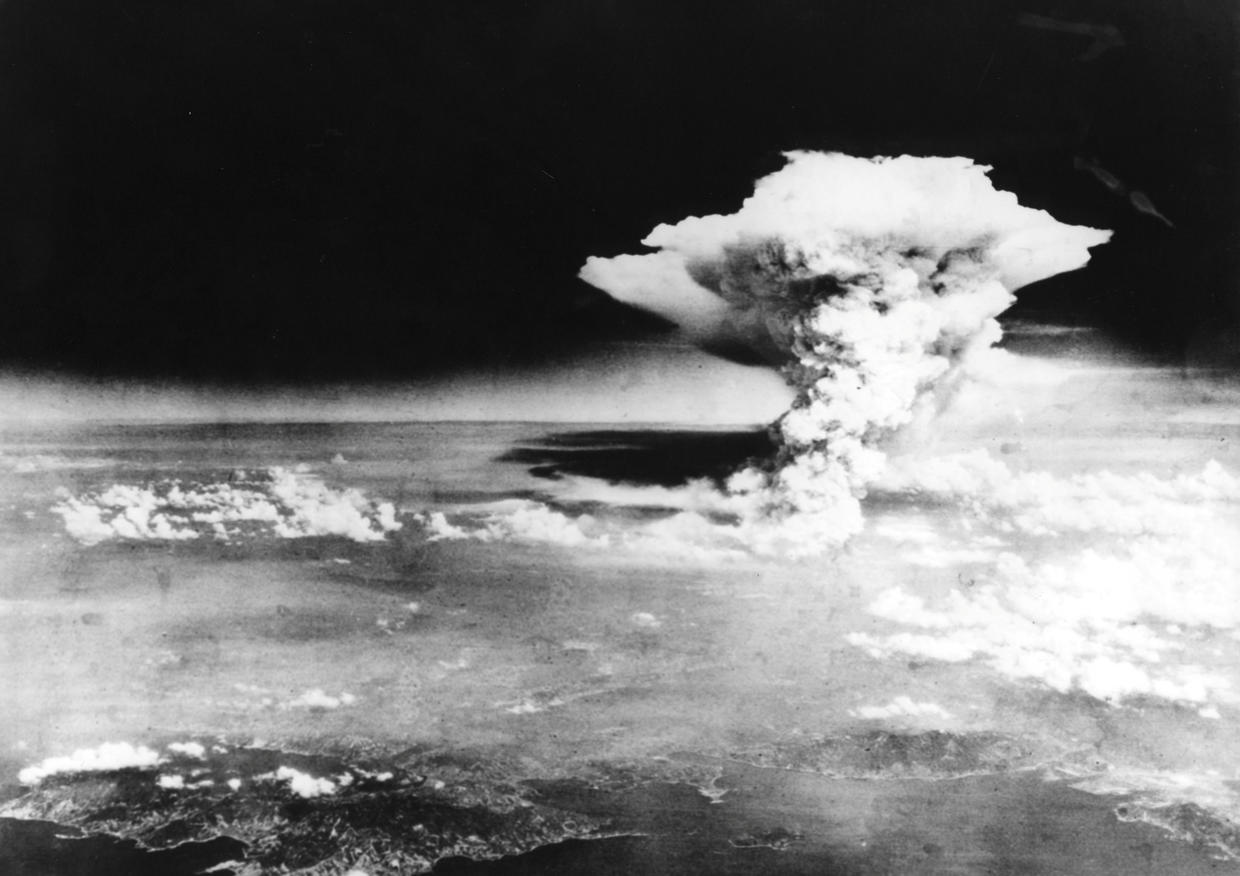

At Auburn Prison in New York, the first execution by electrocution
in history is carried out against William Kemmler, who had been convicted of murdering his lover, Matilda Ziegler, with an axe.
Electrocution as a humane means of execution was first suggested
in 1881 by Dr. Albert Southwick, a dentist.


DAILY EVENING EXPOSITOR, Fresno, California, Aug. 6, 1890.


Alfred Porter Southwick
(May 18, 1826–June 11, 1898)

From the Atlantic Missile Range in Cape Canaveral, Florida,
the U.S. unmanned spacecraft Explorer 6 atop a Thor-Able
rocket was launched into an orbit around the earth.
The spacecraft, commonly known as the “Paddlewheel”
satellite, featured a photocell scanner that transmitted a
crude picture of the earth’s surface and cloud cover from
a distance of 17,000 miles. The photo, received in Hawaii,
took nearly 40 minutes to transmit.


The first satellite image of Earth captured by Explorer 6 on August 14, 1959.

Newly declassified photo of the Bomb.
On August 6, 1945, the United States became the first and only
nation to use atomic weaponry during wartime when a B-29
bomber, dubbed the “Enola Gay,” dropped an atomic bomb
on the Japanese city of Hiroshima. Approximately 80,000
people are killed as a direct result of the blast, and another
35,000 are injured. At least another 60,000 would be dead by
the end of the year from the effects of the fallout.
Though the dropping of the atomic bomb on Japan marked the
end of World War II, many historians argue that it also ignited
the Cold War.





Norma Jeane Mortenson; June 1, 1926 – August 4, 1962)
On August 5, 1962, movie actress Marilyn Monroe was found dead
in her home in Los Angeles. She was discovered lying nude on her
bed, face down, with a telephone in one hand. Empty bottles of pills, prescribed to treat her depression, were littered around the room.
After a brief investigation, Los Angeles police concluded that her
death was “caused by a self-administered overdose of sedative
drugs and that the mode of death is probable suicide.”
